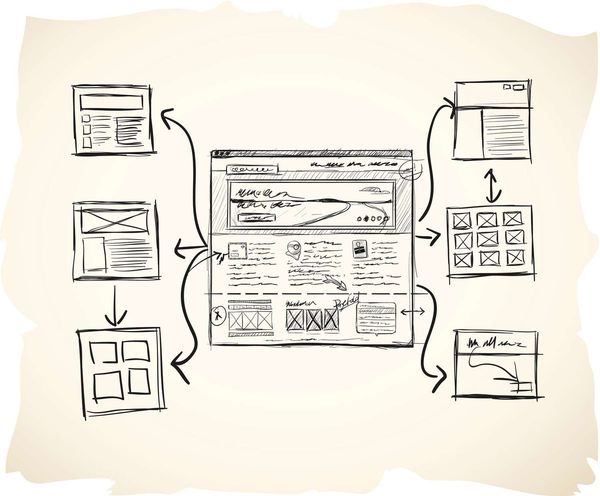Build Your Own Website
So you’ve decided to build your own website. Congratulations! The good news is, you don’t need to be a coding wizard to get a professional-looking site online. The landscape of web-building tools has never been more accessible, offering solutions for every skill level and budget.
Here’s a breakdown of the different types of tools you can use to build your own website.
1. The All-in-One Website Builders
These platforms are the most popular choice for beginners. They provide a complete, user-friendly package that includes everything you need: a drag-and-drop editor, hosting, and a domain name. You can get a beautiful website up and running in a matter of hours, with no code required.
- Best for: Small businesses, freelancers, portfolios, and personal blogs. Anyone who values ease of use and a fast setup time over deep customization.
- Pros:
- Extremely Easy to Use: You can visually design your site by dragging and dropping elements.
- All-Inclusive: Hosting, security, and maintenance are all handled for you.
- Beautiful Templates: These platforms offer a huge library of professionally designed, mobile-responsive templates.
- Built-in Features: They often have integrated e-commerce, contact forms, and marketing tools.
- Popular Examples:
- Wix: Known for its complete design freedom and a massive selection of templates and apps.
- Squarespace: Famous for its sleek, modern, and aesthetically pleasing templates, making it a favorite for creatives.
- GoDaddy and Hostinger: Offer quick setup with a focus on simplicity and affordability.
- Shopify: The king of e-commerce, offering a powerful platform specifically for online stores.
2. Content Management Systems (CMS)
A CMS gives you more control and flexibility than a simple website builder. While some platforms offer a beginner-friendly experience, others are more suited for those with a bit of technical knowledge or who are willing to learn. You are responsible for your own hosting and maintenance, but in return, you get much more power.
- Best for: Blogs, complex websites with a lot of content, and sites that will require extensive future customization.
- Pros:
- Ultimate Flexibility: You can customize almost anything on your site with themes and plugins.
- Community Support: Open-source platforms have large, active communities and vast libraries of resources.
- Ownership: You own your website’s data and can easily migrate it if needed.
- Popular Examples:
- WordPress (WordPress.org): This is the most popular CMS in the world, powering over 40% of all websites. It’s free and open-source, but requires you to manage your own hosting.
- Joomla!: Another powerful open-source CMS with a robust feature set, often used for more complex websites and web applications.
- Drupal: A highly-regarded CMS known for its security and ability to handle large, enterprise-level websites. It has a steeper learning curve than WordPress.
3. “No-Code” and “Low-Code” Platforms
This is a growing category that bridges the gap between simple builders and full-stack development. These tools give designers and entrepreneurs the power to build custom, dynamic web applications without writing a single line of code.
- Best for: Building custom web applications, membership sites, and dynamic user experiences that traditional builders can’t handle.
- Pros:
- Visual Development: You can build complex logic and database-driven features visually.
- Powerful Customization: Offers a level of control and functionality that rivals custom-coded sites.
- Rapid Prototyping: Allows you to build and test ideas quickly.
- Popular Examples:
- Webflow: Loved by designers for its pixel-perfect control over every element and its powerful CMS.
- Framer: A modern tool that uses AI and a unique approach to build interactive, animated websites.
- Bubble: A true no-code platform for building complex web applications, from social networks to marketplaces.
4. Custom Coding (Frameworks and Libraries)
If you’re an experienced developer or are willing to learn, this option gives you the highest level of control and performance. You’ll use code to build every aspect of the website from the ground up.
- Best for: Highly complex web applications, custom software, or websites with very specific, non-standard requirements.
- Pros:
- Maximum Performance: You can optimize the code for speed and efficiency.
- Complete Control: Every single feature and design element is customized to your needs.
- Scalability: The website can be built to handle millions of users and high traffic.
- Popular Examples:
- Front-End (User Interface): React, Vue.js, Angular
- Back-End (Server & Database): Django (Python), Ruby on Rails (Ruby), Laravel (PHP)
The right tool for your website depends on your goals, technical skills, and budget. For most people looking to get a professional website online quickly, a modern website builder is the best place to start. If your needs are more complex or you’re a serious hobbyist, a CMS or a no-code tool will give you the power you’re looking for.

